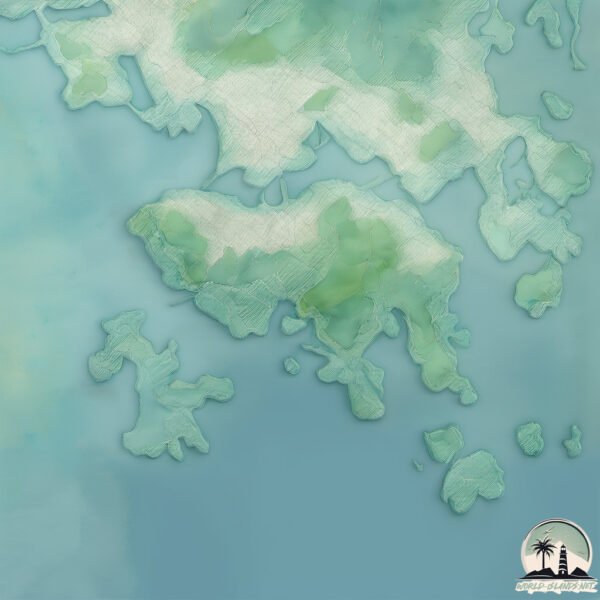Welcome to Hong Kong Island , a Temperate island in the South China Sea, part of the majestic Pacific Ocean. This guide offers a comprehensive overview of what makes Hong Kong Island unique – from its geography and climate to its population, infrastructure, and beyond. Dive into the details:
Geography and size of Hong Kong Island
Size: 83 km²Coastline: 85.6 kmOcean: Pacific OceanSea: South China SeaContinent: Asia
Hong Kong Island is a Medium Island spanning 83 km² with a coastline of 86 km.
Archipel: –
Tectonic Plate: Yangtze – A minor tectonic plate in East Asia, often considered a part of the Eurasian Plate. It’s primarily continental and covers the Yangtze River area in China, playing a significant role in the region’s geological stability.
The geographic heart of the island is pinpointed at these coordinates:
Climate and weather of Hong Kong Island
Climate Zone: TemperateClimate Details: Monsoon-Influenced Humid Subtropical ClimateTemperature: Hot Summer
Climate Characteristics: Known for hot, humid summers with significant monsoon rains, contrasted by mild, drier winters.
Topography and nature of Hong Kong Island
Timezone: UTC+08:00Timezone places: Australia/PerthMax. Elevation: 367 m Mean Elevation: 133 mVegetation: Urban AreaTree Coverage: 57%
The mean elevation is 133 m. The highest elevation on the island reaches approximately 367 meters above sea level. The island is characterized by Hills: Gently sloping landforms with rounded tops, having a maximum elevation between 200 and 500 meters. Hills contribute to a varied landscape on islands.
Dominating Vegetation: Urban Area
Vegetation: 11 vegetation zones – Exceptionally Diverse Island
Infrastructure and Travelling to Hong Kong Island
Does the island have a public airport? yes .
Does the island have a major port? yes .
The mean population of Hong Kong Island is 13916 per km². Hong Kong Island is Densely Populated. The island belongs to China .
Continuing your journey, Lamma Island is the next notable island, situated merely km away.
The Islands of Hong Kong
The Outlying Islands of Hong Kong: When people think of Hong Kong, they usually think of the city center in Central, the busy ...
The Islands of Hong Kong
The Outlying Islands of Hong Kong: When people think of Hong Kong, ...
The Outlying Islands of Hong Kong: When people think of Hong Kong, they usually think of the city center in Central, the busy ...
10 Best Places to Visit In Hong Kong 2025 - FIRST TIME IN HONG KONG
hongkong #hongkongtravel #hongkongtravelguide I just created a list of ...
hongkong #hongkongtravel #hongkongtravelguide I just created a list of the 10 best Things to do from my 3-day Visit to Hong ...
Top attractions in Hongkong #travel #hongkong l
Planning your trip to Hongkong ? Here's the top attractions you must ...
Planning your trip to Hongkong ? Here's the top attractions you must see Get tickets from KLOOK using my discount code ...
China is classified as Emerging region: BRIC: Brazil, Russia, India, and China – Economies noted for their rapid growth and increasing influence on global affairs. The level of income is Upper middle income.
News – Latest Updates and Headlines from Hong Kong Island
Stay informed with the most recent news and important headlines from Hong Kong Island. Here’s a roundup of the latest developments.
Loading...
Please note: The data used here has been primarily extracted from satellite readings. Deviations from exact values may occur, particularly regarding the height of elevations and population density. Land area and coastline measurements refer to average values at mean high tide.

